The larvae of oak processionary moths (OPM) are a hazardous pest that affect oak trees, animals and even humans. They were first identified in the UK in 2005 and known only to be prevalent in London and the surrounding areas. The government introduced a programme in 2012 to contain the moths and minimise their size, spread and impact, but emerging evidence indicates that the pests may have expanded to regions further across the UK.
Oak processionary moth larvae can cause significant damage to your oak trees and are even hazardous to human health. It’s crucial that you know how to identify OPM and who to call to control them. In this article, we explain everything you need to know about OPM and their larvae.
The moths themselves are brown in appearance with a wingspan of 25-35mm. They emerge from pupae in summer and lay eggs that hatch between March and late April. It is from these eggs that the caterpillars emerge.
The caterpillars have a grey body, dark head and are covered in distinctive white hairs. They spend most of their time in their teardrop-shaped nest, only leaving to feed on foliage. When the caterpillars leave their nest they leave a silky trail of pheromones behind them. They also construct silky white web nests on branches and trunks. They are most easily recognised by their distinctive habit of moving around in nose-to-tail processions.
The caterpillar is known to be hazardous to human and animal health. The white hairs that cover its dark body are toxic and must not be touched. Many of these hairs can be found in their nests and so these should be avoided too.
The caterpillars of OPM feed on the leaves of various species of oak trees. The severe loss of foliage leaves the tree vulnerable to other pests and diseases.
The hairs of the caterpillars contain a protein called thaumetopoea, which can irritate the skin and sinuses of people and animals.
Symptoms include:
Risk of exposure is highest in May and June. Among the groups most vulnerable to the health hazards are:
If you identify OPM, their larvae or the nest, do not approach them. Instead, contact a pest control specialist who understands the regulations applying to the handling of OPM-affected material. OPM is regulated as a quarantine pest and to protect the health and safety of our staff, Artemis Tree Services cannot carry out any work on trees with an OPM infestation.
A specialist will be able to employ the most suitable solution to eliminate the pests and keep you and your family safe. Possible remedies include spraying insecticide on the infested area or carefully removing the nest. Dealing with an OPM larvae infestation requires specialist equipment and training, so please do not attempt it yourself.
Once the OPM and larvae have been effectively eliminated, you might be left with a damaged and unattractive tree. That’s where we come in.
Artemis Tree Services is an experienced tree surgeon who can help restore your tree back to good health. We offer various services to improve the health and appearance of your tree, including tree pruning, tree maintenance, crown reductions and more. Serving domestic customers and local authorities throughout North London, Hertfordshire and Buckinghamshire, Artemis tree Services will be there to take care of your trees.

